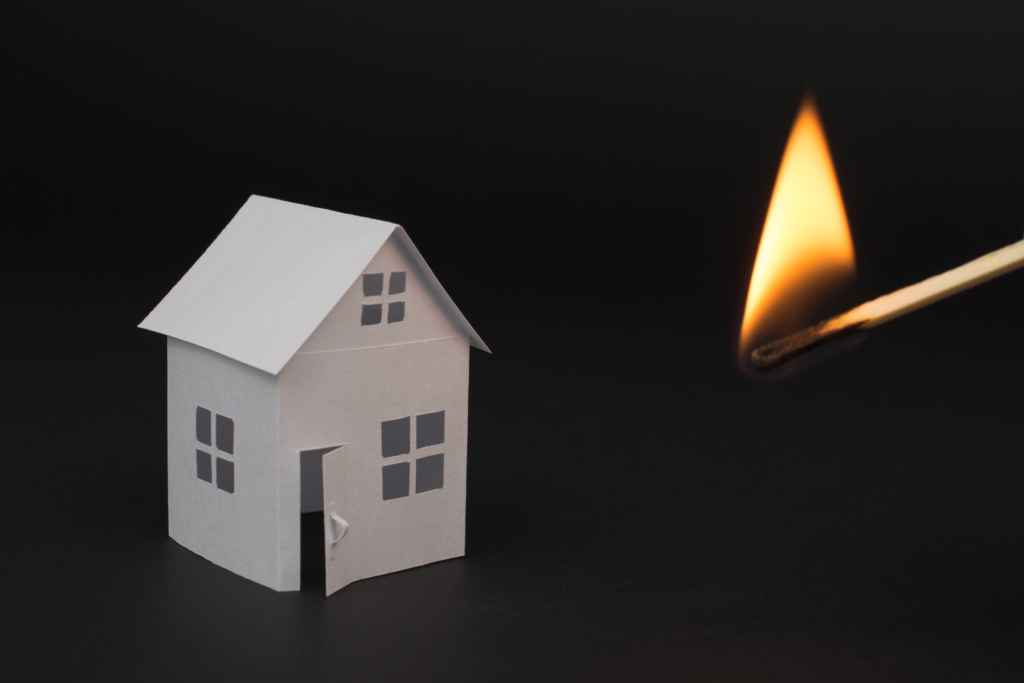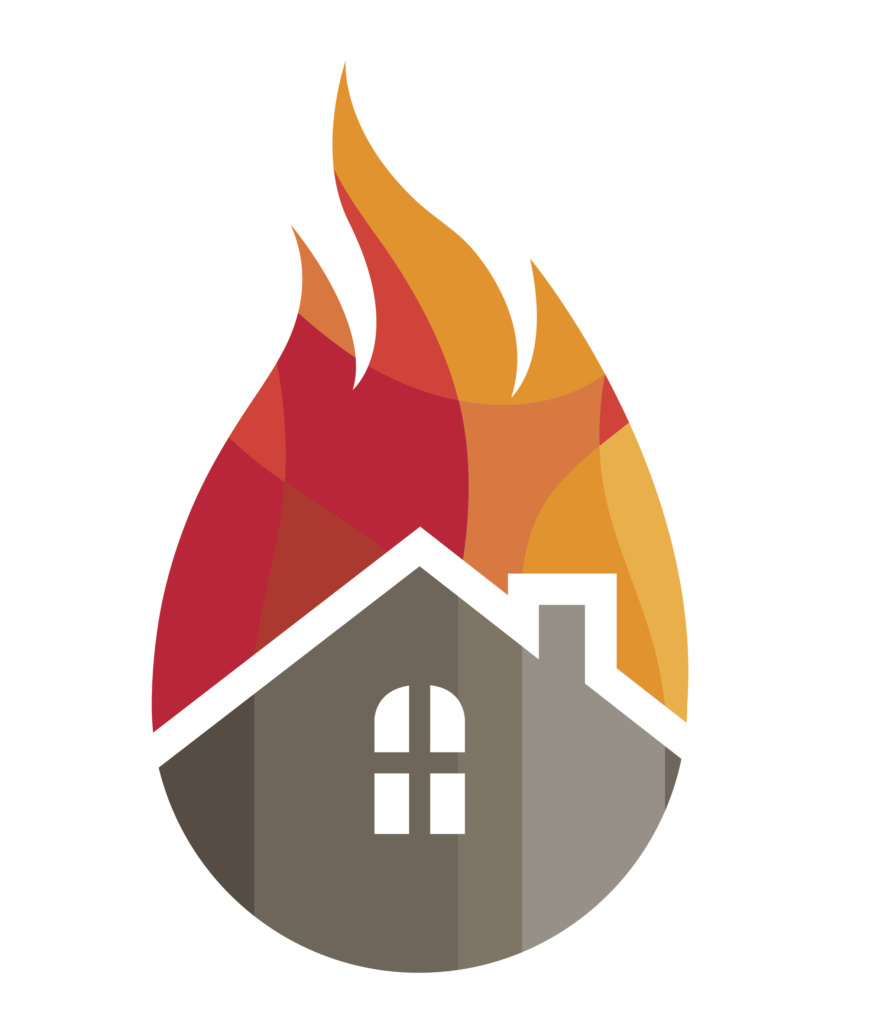Fire Safety Tips For Your New Home
Article by | the College Station Fire Department
Roughly seven people die every day in the United States as a result of home fires. Children under the age of five have a much higher risk of dying in a residential fire compared to those in other age groups. Among the thousands of children killed or injured in home fires each year, more than 40 percent are under five years of age. Children are not as capable of exiting a home or understanding the dangers of fire risks, so parents must take extra precautions such as installing smoke/carbon monoxide alarms, reducing fire risks, and practicing a fire escape plan.
 Install and test smoke/carbon monoxide alarms
Install and test smoke/carbon monoxide alarms
Three out of every five home fire deaths occur in homes without smoke alarms or with smoke alarms that don’t work. While you can take steps to reduce fire hazards, there is no singular way to eliminate a random event that starts a fire. Smoke alarms serve as a first alert, letting your family know there is imminent danger and providing a few moments warning for you to enact your fire escape plan.
If you do not have smoke alarms installed, check with your local fire department as they may install them free or at a reduced cost (residents of College Station can call College Station Fire Department, and smoke alarms will be installed for free). You can also purchase wireless alarm systems that are interconnected and sound all the alarms in the home. Those extra few seconds can be enough to save your life.
Smoke alarms should be installed on every floor of your home, as well as, outside and inside each sleeping area. You should test the alarm every month to ensure it is functioning properly, change the batteries every year, and replace alarms every 10 years. If you are unsure of when an alarm was installed, it is recommended to have it replaced.
 Reduce fire hazards in the home
Reduce fire hazards in the home
It is also important to reduce the fire hazards in your home. These common areas should be checked to protect your family:
- Don’t overload electric outlets, extension cords or wall sockets. Linking multiple extension cords or power strips together is never a good idea
- Don’t leave burning candles unattended
- Keep matches and lighters out of reach of children
- Keep multiple working fire extinguishers located in the kitchen, bathrooms, garage, and other areas where fires are likely to occur
- Only use portable space heaters certified by the Underwriters Laboratory (UL)
- Keep at least three feet of space between a heat source such as heaters, ovens, or stoves, and combustible items such as clothes or blankets
 Create a home fire escape safety plan
Create a home fire escape safety plan
Creating a fire escape plan, and practicing it with your children, is critical to protecting your family’s safety in an emergency. Children as young as age three can typically follow an escape plan, but every child is different. For children younger than three, or those not able to follow detailed instructions, you’ll need a more comprehensive escape plan.
Keep exits clear of toys and debris. Draw a diagram of your home, and plan two escape routes. If you have a multi-story residence, consider buying a collapsible ladder. Keep children’s bedroom doors closed. This slows the time it takes for smoke from hallway fires to enter the room. Have a safe meeting place outside the home. It should be far enough away from the structure that everyone will be safe if the building collapses, but close enough that your children can get there easily. Finally, practice, practice, practice.
Consider installing an automatic fire sprinkler system in your home, especially if you have an infant or toddler. These devices detect fires and activate sprinklers, which can help douse flames and provide extra time to evacuate the home.
The best way to keep your children safe is to prevent home fires from happening in the first place. It may seem like you’re being overly cautious, but every step you take could be the one that saves you and your child’s life.

